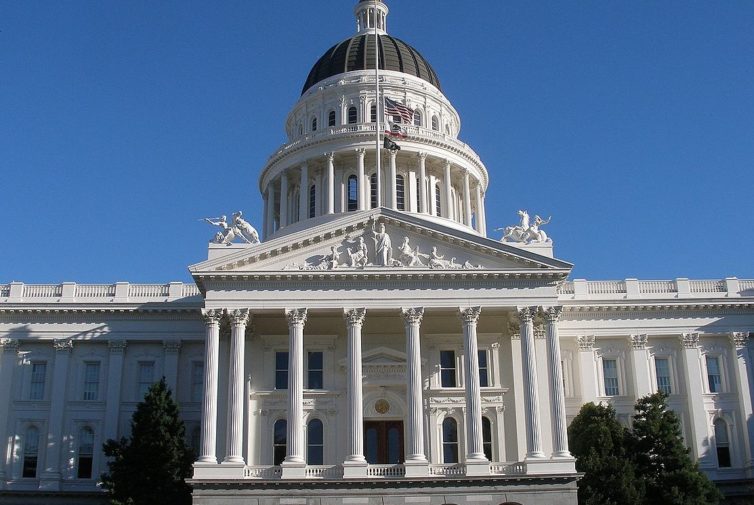h2ofun
Active Member
If ab1139 passes, thought it only went into effect if the new NEM3 does no happen via the CPUC?got it
So NEM 3.0 and AB 1139 are different animals - correct? Assume AB 1139 has to be adopted into NEM 3.0 since it will be law.
You can install our site as a web app on your iOS device by utilizing the Add to Home Screen feature in Safari. Please see this thread for more details on this.
Note: This feature may not be available in some browsers.
If ab1139 passes, thought it only went into effect if the new NEM3 does no happen via the CPUC?got it
So NEM 3.0 and AB 1139 are different animals - correct? Assume AB 1139 has to be adopted into NEM 3.0 since it will be law.
If ab1139 passes, thought it only went into effect if the new NEM3 does no happen via the CPUC?
Only for 1:1 consumption and production. All net production is wholesale at true trueup no matter when it occurred.
Lol I tried to drag the topic back to Elon and some Tesla BS to keep it in the old forum
Nobody every posts in this sub... threads go here to kind of die unless someone says the earth is flat and climate change only affects the bottom side of the Earth.
Only for 1:1 consumption and production. All net production is wholesale at true trueup no matter when it occurred.
You are correct. Read the IOU proposal. They assume that a solar owner should pay grid charges for ALL electricity consumed onsite, regardless of source.I am pretty sure they won't stop until they own all of the energy we produce, including what we use. Just wait until they push the buy all sell all strategy... all in the name of equity...
If you don't send any back to the grid and use very little from the grid, how will they even know how much you use and produce from you own panels?You are correct. Read the IOU proposal. They assume that a solar owner should pay grid charges for ALL electricity consumed onsite, regardless of source.
The new proposed Grid Benefits Charge is designed to “recover” the grid charges currently being avoided when solar owners use their own power. The proposal envisions that battery storage might allow even more grid independence, necessitating a HIGHER Grid Benefits Charge.
Bottom Line: The IOUs want your post solar bill to be 85-90% of your pre solar bill. The power isn’t yours, just the cost of installing and maintaining.
They propose to assess you a Grid Benefits Charge based on the size of your solar system. They consider that a proxy for your usage.If you don't send any back to the grid and use very little from the grid, how will they even know how much you use and produce from you own panels?
Unfortunately Rule 21 gets them the ability to see what you are doing and to even control what you are doing, in the interest of "grid stability".If you don't send any back to the grid and use very little from the grid, how will they even know how much you use and produce from you own panels?
Not if you turn your main breaker off to the grid and use only solar and battery. They will have no idea how much you are generating and usingUnfortunately Rule 21 gets them the ability to see what you are doing and to even control what you are doing, in the interest of "grid stability".
So it is an assumption under ideal conditions all year? So if you have a really bad year with a lot of cloudy and rainy days, producing only a fraction of what your system is designed to produce, they charge you based on what is supposed to produce? Charging you for what you did not produce, use, or consume? That doesn't seem rightThey propose to assess you a Grid Benefits Charge based on the size of your solar system. They consider that a proxy for your usage.
So it is an assumption under ideal conditions all year? So if you have a really bad year with a lot of cloudy and rainy days, producing only a fraction of what your system is designed to produce, they charge you based on what is supposed to produce? Charging you for what you did not produce, use, or consume? That doesn't seem right
It’s essentially a solar panel TAX that goes to support the investors in the utility. The amount of the charge will be adjusted to make sure they get the money the want.So it is an assumption under ideal conditions all year? So if you have a really bad year with a lot of cloudy and rainy days, producing only a fraction of what your system is designed to produce, they charge you based on what is supposed to produce? Charging you for what you did not produce, use, or consume? That doesn't seem right
It’s essentially a solar panel TAX that goes to support the investors in the utility. The amount of the charge will be adjusted to make sure they get the money the want.

 www.ethree.com
www.ethree.com



